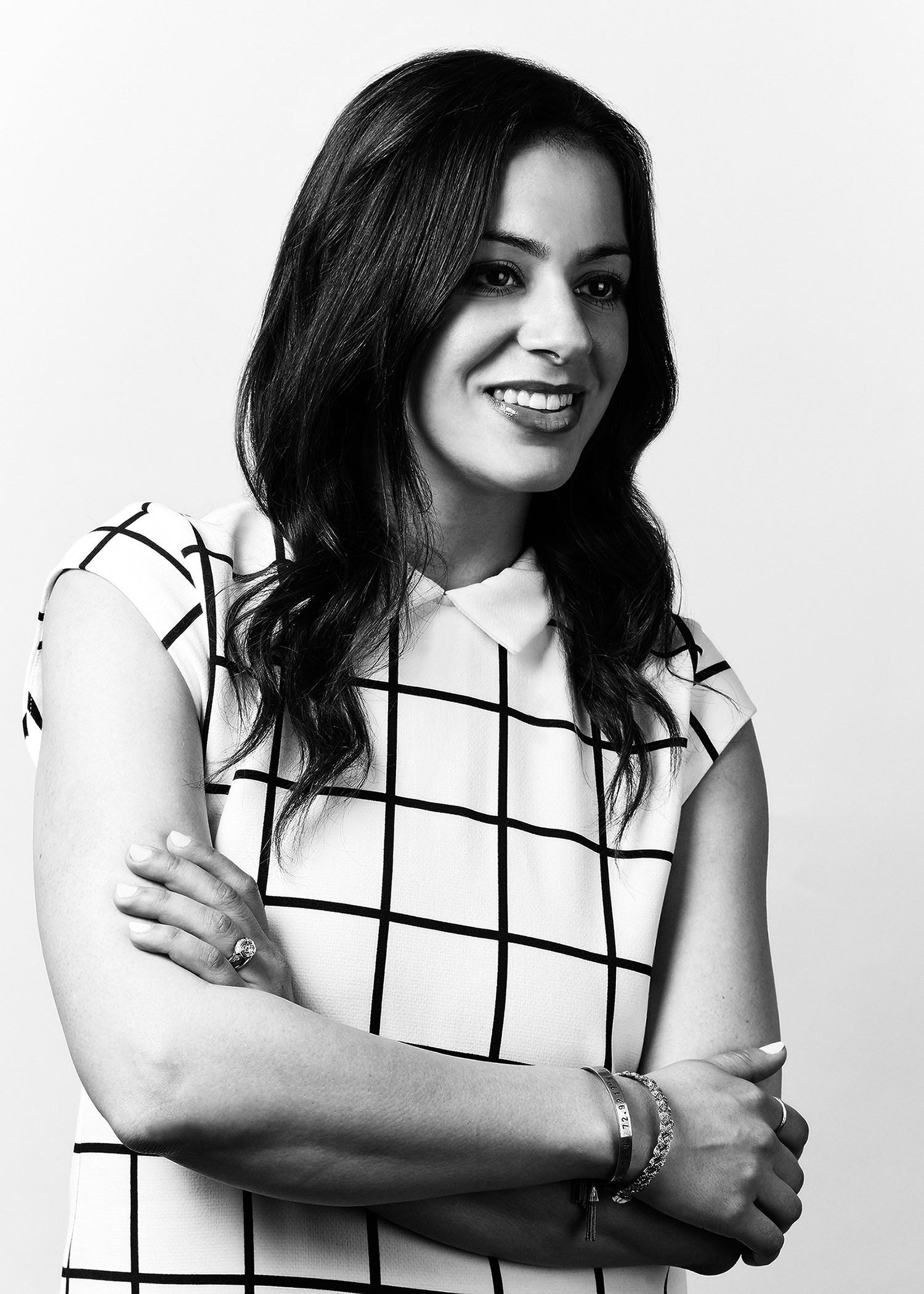Denim for Days

A shift from basics to fashion is breathing new life into the denim market.

Says Bossola, “Raw styles will always be important to our customer, but we’re more interested in washes than we have been in a while, specifically lighter washes. There’s no way to manufacture the look of a pair of jeans someone breaks in themselves, so we tend to like washes that don’t try too hard to replicate that.”
At Saks, Jennings says, “Light washes continue to be important for spring/summer, especially for southern doors. There will always be that ‘denim head’ customer for whom raw, selvedge denim is very important. It’s currently a specific niche and a small percentage of our overall denim business. As the customer becomes more educated on denim, we have seen an increase in the requests for raw, selvedge from the stores.” He also notes that they’re not seeing much price resistance from customers, who are willing to pay $200 to $300 for fresh, unique styles. For spring, Saks is getting behind trends like novel washes, moto motifs and natural indigo.
At Von Maur, Kristen Anderson, GMM of men’s, says there’s been a shift from fashion to basics. “Dark washes have always sold well for us,” she explains. “But the customer is looking for something new that he doesn’t have in his closet. Light washes have also been important to our customer, and something we try to have represented at all times. However, a flow of newness has remained our top focus as we head into spring ’14. We’ve seen a good response to tailored straight fits (not true skinny legs) such as the Graduate from AG and the Carsen from 7 For All Mankind. We’re predicting a continued momentum of that fit in a variety of washes. We’re anticipating 2014 to be a good year—back to school is always a strong [season] for us.”
Nelson Mui, men’s fashion director for Hudson’s Bay and Lord & Taylor, says that they’re having success with the newly launched premium denim offering at Lord & Taylor (brands like Hudson). “We’re planning both spring and fall ‘14 up and are rolling out to more doors,” he says. “At Hudson’s Bay, we are becoming a true denim destination where we have such a breadth of styles, brands and price points, ranging from Buffalo and Guess, to the ever-popular Levi’s, on to Nudie and AG.”
For fall 2014, retailers should have a good stock of basic, replenishment styles, but mix in trendier pieces to create interest and bring excitement to the floor. Vendors should continue to take risks and innovate, especially with all the new manufacturing technology available in the market today. Macy’s VP men’s fashion director, Durand Guion, gives this advice to established denim brands: “In order to grow they need to develop more top components (wovens, knits, outerwear) to expand their brand message. In Tokyo, guys have moved beyond skinny jeans and are playing with more relaxed fits. How do brands start to message this here in the U.S. market? In Europe, the denim/chambray shirt is a basic, yet it is still just an eye drop in most American retail assortments. There’s still a great deal of opportunity to create a denim lifestyle beyond just pants.”
Non Denim Competition?
While non denim has received a lot of buzz, it’s not taking business away from denim. “We all like to overthink what the impact of non denim is on the total denim business,” says Guion. “But it’s like comparing apples to oranges. The fact is there’s been newness within the non-denim category over the past 18 months including color, camouflage and fit. He has never abandoned denim—nor will he. He’s more informed about trends and is aware of occasions when non denim might be more appropriate for the overall look he is going for.” Saks is doing well with slim-fit and straight-leg non denim under $200 retail (AG’s sueded cotton is the most successful non-denim program), but Jennings says it’s not taking away from their denim business. “Denim has always been and will always be something that every guy understands, making it irreplaceable.”
Say Goodbye to Skinny
The silhouettes driving sales are slim-straight and bootcut styles.
Chord Bezerra, Universal Gear: “Denim sales have been very strong for us this fall. Our customer’s number one fit is still the low slim straight. We do a little in the skinny, but our average customer is looking for something with no fuss. I think that is in part why brands like Hudson have been doing so well for us. The fit is tailored, but not super tight, and the fabric usually has a bit of stretch to add a touch of comfort. It’s an easy winning combination.”
Eric Jennings, Saks Fifth Avenue: “We continue to see a slim-leg silhouette trending in denim. Jeans with a narrow, 13- to 14-inch leg opening are performing because they allow the customer to showcase his footwear—particularly sneakers—which is another trending category at Saks. If a guy is investing $700 and up on a pair of sneakers, he wants to make sure they’re seen. Some of our most popular denim models feature room in the thigh for ease of movement, but then get narrower from the knee down to achieve the slim-fit look. Many brands are incorporating stretch as another method of adding comfort to a slim-fit silhouette.”
Durand Guion, Macy’s: “There’s still a demand for slim and straight fits and in certain parts of the country, the bootcut silhouette has maintained as a best seller.”
Chris Bossola, Need Supply: “Fit-wise we’re having success with styles that taper, but aren’t crazy skinny.”



